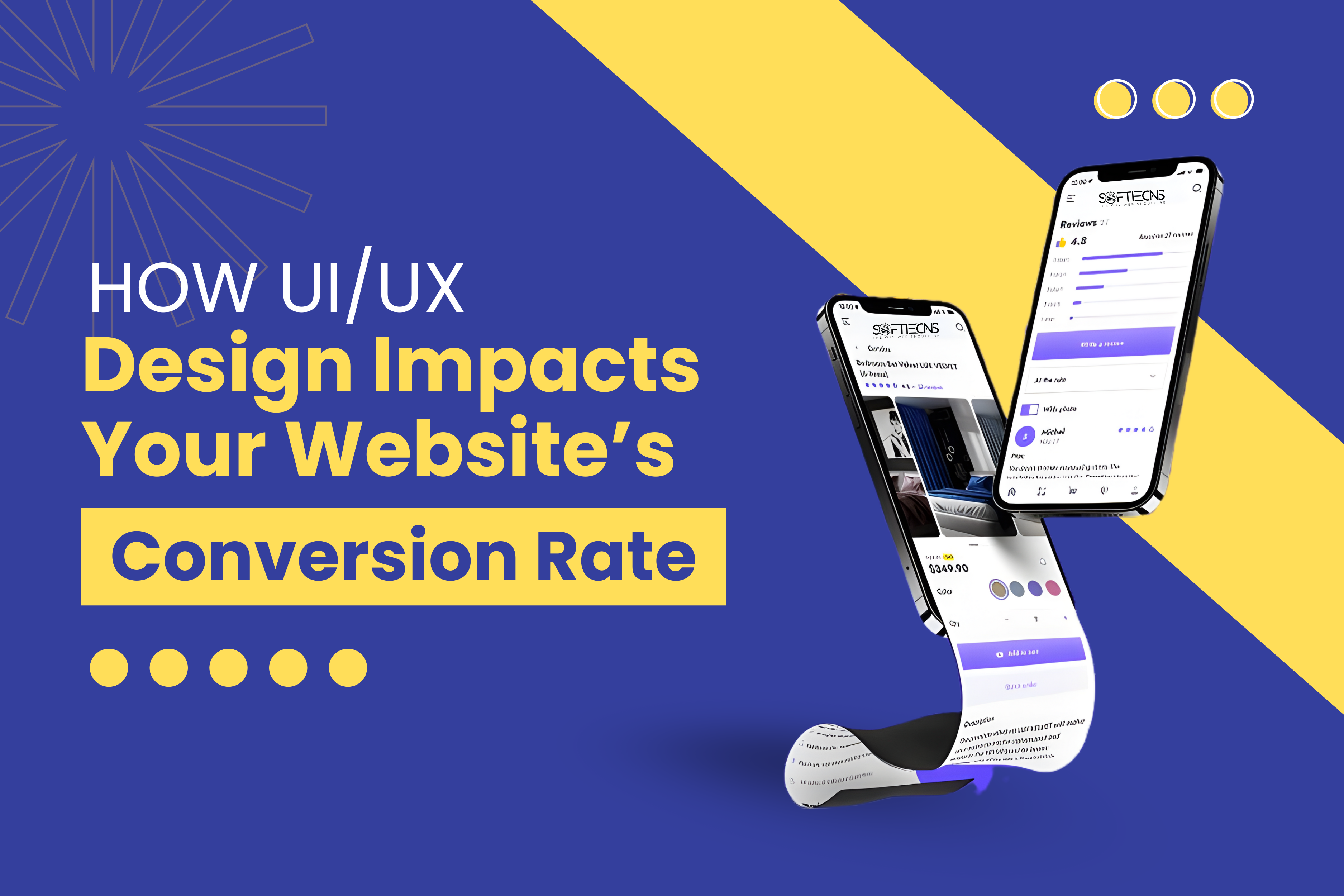App Development: Native vs. Cross-Platform
Fri, 10 Dec 2021
Because Flutter was new
to the market, the app development process was fraught with difficulties. We
noted the rawness of the development language, concerns with possible scaling,
and a shortage of tech personnel familiar with this development platform in our
interactions with the customer. However, the consumer insisted on giving it a
shot.
Regrettably, all of the
anticipated difficulties materialized. Due to its low commercial priority, the
project was difficult to expand and lacked the necessary resources.
The message from this
instance for Softieons is simple: technology is not an end in itself. A
well-designed development strategy has a positive impact on the bottom line. As
a result, the decision between native and cross-platform technologies is
influenced by your business objectives.
Native vs. Cross-Platform App Development: 5 Key
Differences
1.
Responsiveness.
Native apps often perform better because native code directly accesses the
device's internal resources.
2.
Value-for-money.
Cross-platform apps are becoming faster and less expensive.
3.
Stability of the
app. Native apps are more stable in the long run and are better for long-term
initiatives.
4.
Designing the
user interface and user experience (UI/UX). In general, native apps provide a
more appealing and effective user interface and experience.
5.
Safety. Native
app development uses encrypted and obfuscated architecture, whereas
cross-platform apps require additional security precautions.
What Is Native App Development and How Does It Work?
This sort of app
development uses the platform's native language and APIs/frameworks to link to
internal functionalities, which for Android is Java or Kotlin (with its JDK)
and for iOS is Obj-C or Swift (with its SDK).
Native apps give a
better user experience, run better, and maybe be tailored as a result of these
features. Furthermore, having access to the device's characteristics enables
the creation of complicated, yet robust and secure, functionality.
Native Development's 7 Benefits
1.
Effortless work.
Native technologies integrate with the device's capabilities, allowing for
quick and consistent processing.
2.
Compatibility.
Native programs can snap images, track locations, and add events to the
calendar thanks to seamless hardware connection.
3.
Safety. Native
apps are secure since they have the fewest layers and technologies.
4.
The user's
perspective. Native apps can offer more sophisticated layouts, more
personalization, and compelling animations that users enjoy.
5.
SDK that is
simple to use. Native app development provides developers with a plethora of
tools that make the process easier and less expensive. Software development
kits are highly useful in this regard since they speed up the development
process by providing up-to-date and mostly ready-to-use code and libraries. If
anything isn't clear, technical manuals and official documentation are
straightforward to find and comprehend.
6.
Optimization.
Native apps don't put a strain on the battery by requiring complicated
processing, allowing users to utilize them for extended periods of time.
7.
Maintenance. AI,
IoT, and adding more features to native apps are all easy to implement.
Native Development's 3 Drawbacks
1.
To begin with,
it is costly. Although native apps provide long-term value for money, the
initial cost of development is expensive. Each platform demands its own
investment, and development costs are typically 30-40% greater than if you
choose the cross-platform app development option, which covers all devices at
once.
2.
It's time to go
to market. Native development is time-consuming and demands more attention at
each level, delaying the app's release date.
3.
Different
codebases are used. Because the creation of Android and iOS apps is so
dissimilar, developers must recreate each feature using two unique codebases.
As a result, native app development sometimes necessitates two independent
teams.
What Is Cross-Platform Development and How Does It
Work?
To create a
cross-platform program that works on multiple devices, you'll need a single database.
The development process becomes faster and less expensive as a result of this
benefit of repurposing. The vast majority of code, 70-95 percent, maybe reused
on another platform, making development for Android and iOS a breeze.
For both operating systems,
React Native, Flutter, Ionic, and Xamarin cover the most tasks. According to
Statista, Flutter is the most popular cross-platform development framework,
accounting for 42% of the market. React Native comes in second with 38% of the
vote. The complete picture can be found in the table below.
Cross-Platform Development Has 4 Benefits
1.
Repurposing code
is a term that refers to the process of repurposing because 80 percent of code
can be reused, cross-platform programs are simple to adapt to numerous devices.
2.
Cost-effectiveness.
When compared to native development, cross-platform development saves money and
time throughout the development stage.
3.
There are fewer
developers required. Because the development is straightforward, you won't need
to hire separate teams to create Android and iOS apps.
4.
A larger
audience can be reached. Cross-platform apps are the most effective way to
expose your app to a larger audience and/or a new market.
POPULAR POSTS
Shopify vs. WordPress: Which one is best for e-commerce?
Wed, 07 Apr 2021Role of IoT in the Real Estate Industry
Wed, 14 Apr 2021Why UX And UI Is Important For Mobile Application Development
Sat, 01 May 2021Telemedicine's Advantages in Nursing Homes
Fri, 24 Dec 2021









